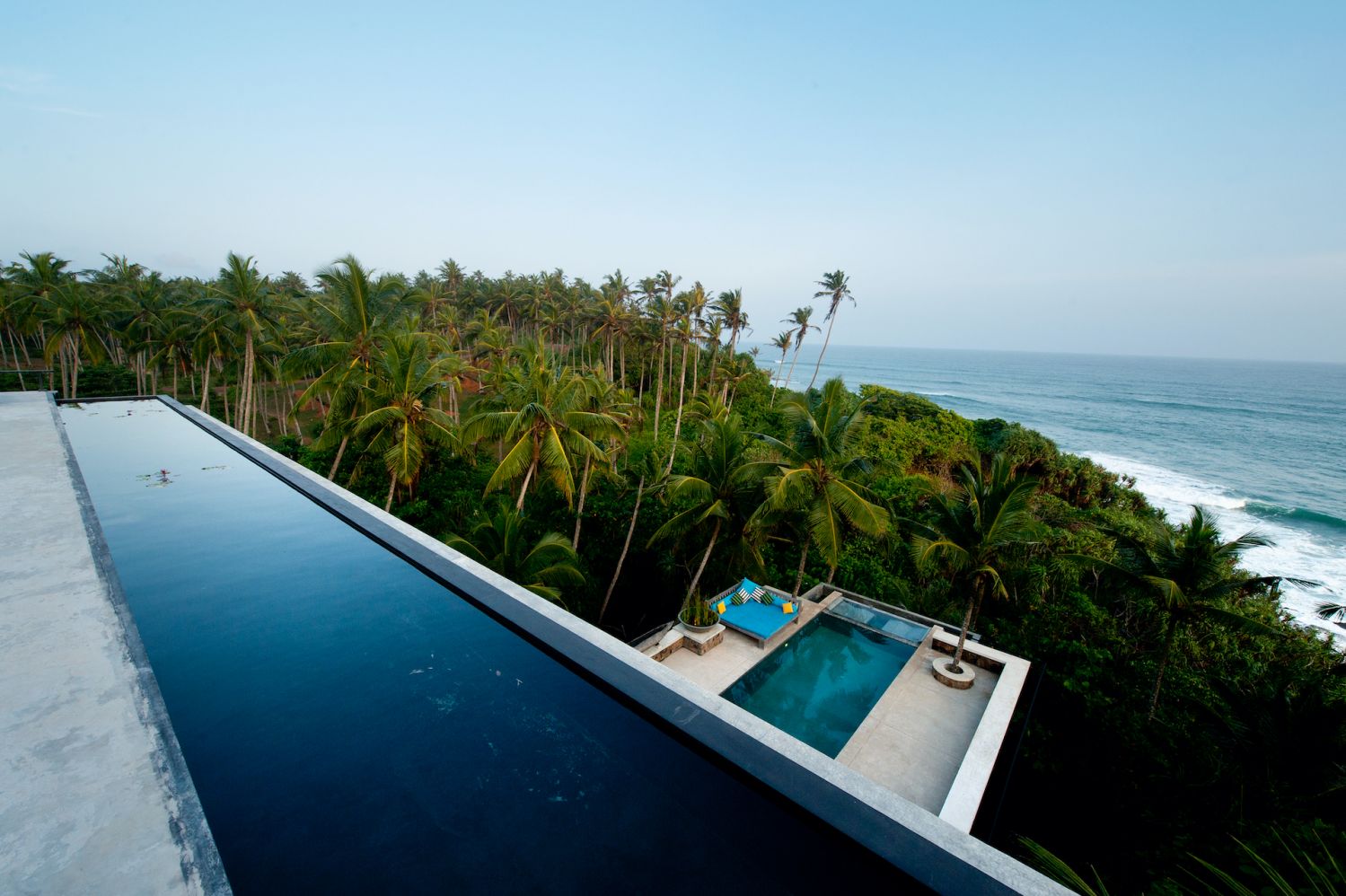Renowned Malaysian landscape architect and AMI honouree Inch Lim has travelled the world creating evocative and award-winning gardens. Tatler Homes speaks to him about his adventures and profound love for the natural world.
Landscape design as a profession is often conflated with being a glorified gardener although in truth, creating gardens which look effortlessly natural is an art. One person who has this down pat is Lim In Chong or more commonly known as Inch Lim. Originally from Batu Pahat, Lim is a multi-award-winning landscape architect with a flourishing practice called Inchscape in Kuala Lumpur. Lim has been behind many private and public botanical beauties in Malaysia and beyond, such as Penang’s Spice Garden and Hong Kong Disneyland.
He has also won a string of global awards in China and Singapore and took home a staggering four Gold medals at the prestigious Japan Gardening World Cup. Not to mention being invited to judge at the BBC Gardens of the Year Competition in the UK and the Ellerslie International Flower Show in New Zealand.
Don't miss: Malaysian Landscape Architect Inch Lim Wins Best Garden At China Flower Expo
This ample recognition belies the fact that Lim entered the landscaping business when he was 46 with no official qualifications, although he later received a Master's from the Royal Melbourne Institute of Technology in design and architecture. Prior to starting his own landscape design practice, Lim travelled the world trying his hand at various occupations, none of which stuck.
Driven by a deep passion for design and nature, Lim, who is now in his 60s, continues to grow his practice while trying to bring about change through the use of green technology.
Chong opens up to Tatler Homes about the adventures life had given him and what he still wants to achieve.

Why did you start your own landscape design company?
There are obviously some people to whom design looms large in their very existence. They see, eat, hear, smell and breathe design. While not exactly as extreme, I would consider myself quite close to that end of the spectrum. I have tried different jobs from being a labourer to teaching to running businesses and have been moderately successful in some of them, but that journey has taught me that the deep and intense interest in design had always overshadowed everything I did.
It took a while but thank goodness I finally decided that no other career path would give me the same type of joy and satisfaction. It was the most productive period of my life.
Coming in later in life to landscape design—was it an advantage or disadvantage?
In my opinion, architects and designers should live many lives before embarking on a career in design. The life experiences brought to bear on design are irreplaceable. For me, coming to design later in life is a huge advantage as that gave me the time and space to develop my design capabilities without being caught up in the necessity of using it as a tool for meeting financial needs.
Don't miss: Studio Tour: A Terrace House That’s a Landscape Architecture Firm’s Tropical Oasis and Office






